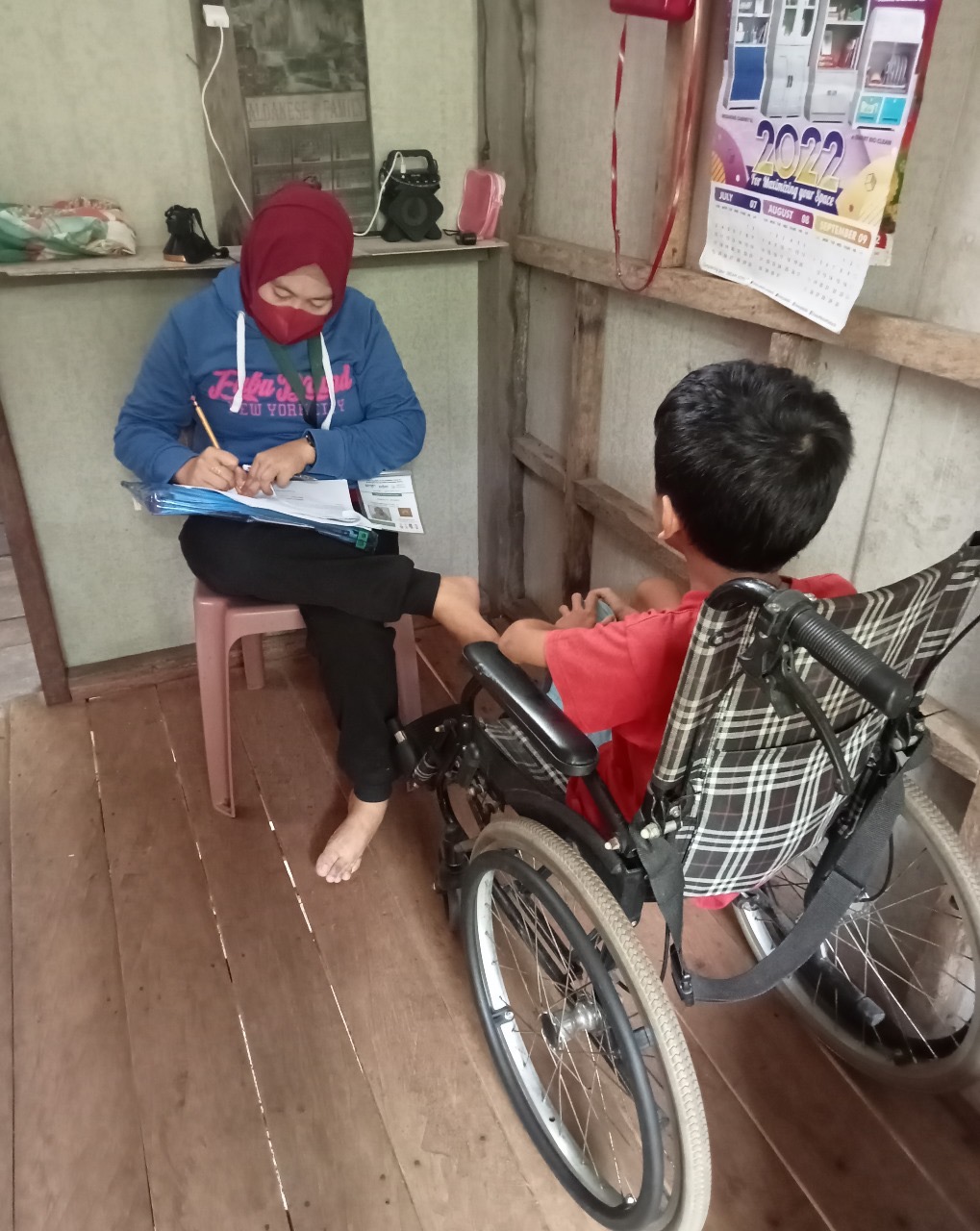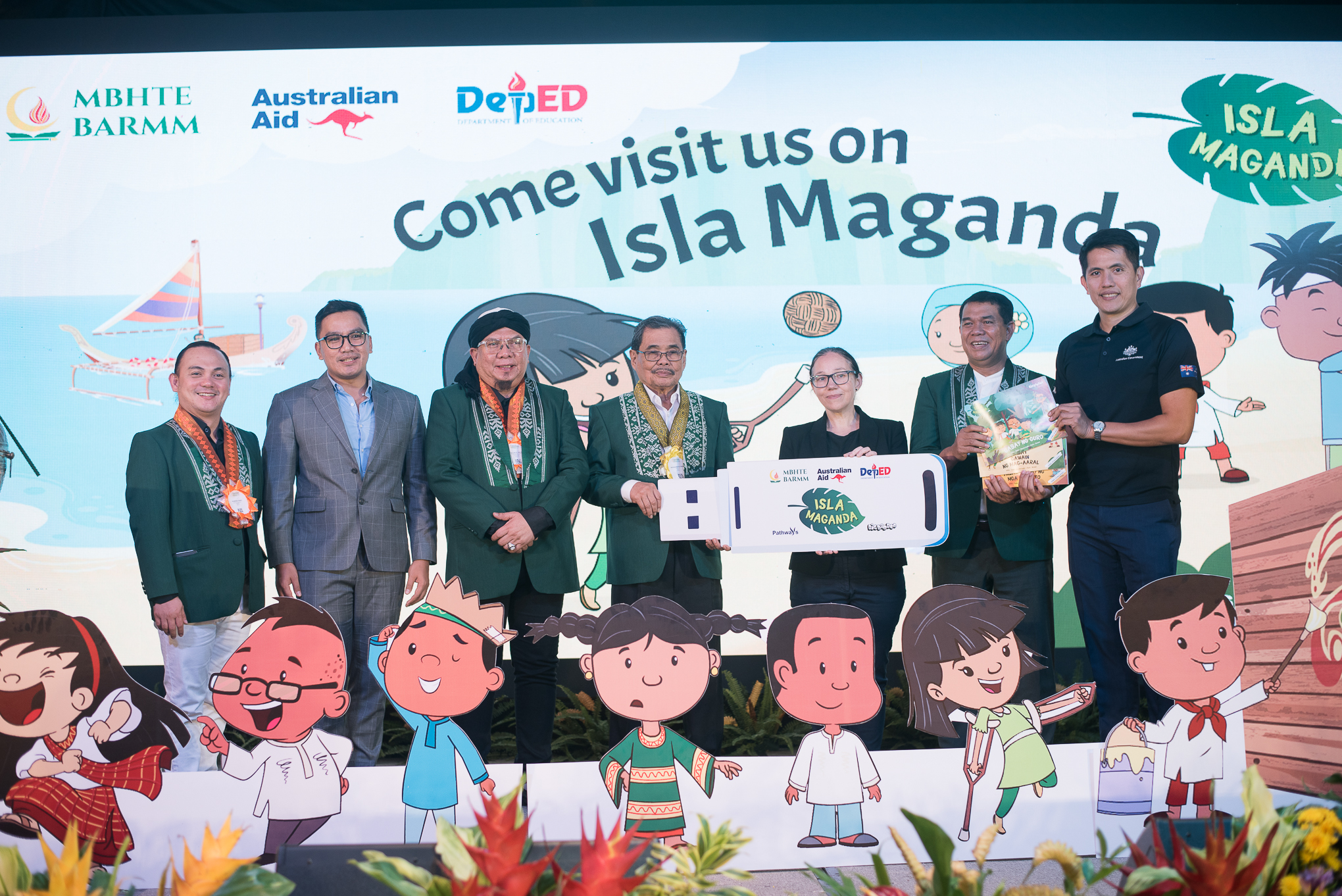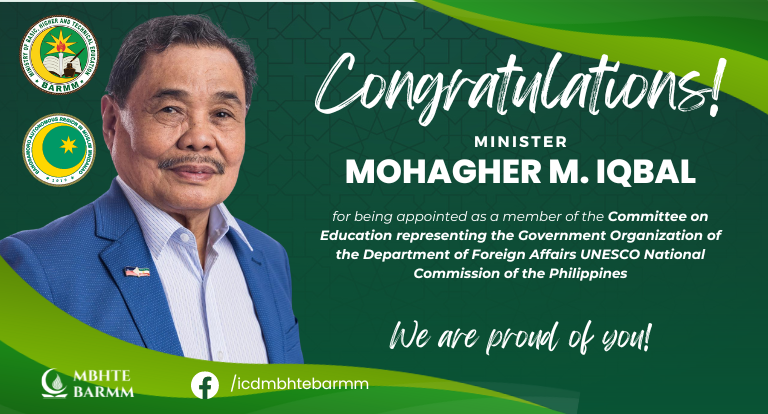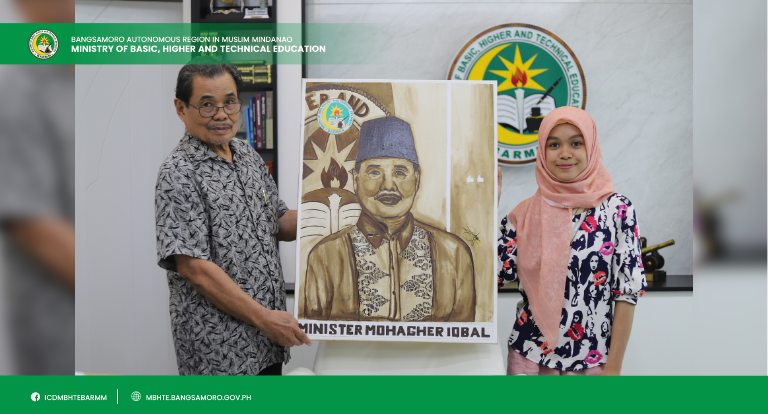by Shelley Knowles, Pathways
The Ministry of Basic, Higher, and Technical Education in the Bangsamoro Autonomous Region in Muslim Mindanao (BARMM) strengthens its school system through advancing inclusive education in the region. The data-driven initiatives are at the forefront of national discussions, particularly regarding the inclusion of children with disabilities. But why is this focus on data so significant, and what sets BARMM apart?
For most people, school evokes memories of playing games like piko and sipa with peers and doing different creative and academic activities to discover or display personal talents. Yet, for children with disabilities, schools are often a space of exclusion and challenges. Understanding the barriers these children face through reliable data is key to breaking those barriers and fostering inclusive learning. This shift not only promotes participation in education but also improves their achievement levels.
Addressing Historical Stigmas and Advancing Inclusive Education
Historically, children with disabilities in the Philippines faced severe marginalisation, often segregated for being “different.” Many dropped out of school early due to stigma and a lack of support. The Department of Education’s (DepEd) Special Education (SPED) program, launched in 2009, brought more children into schools, laying the groundwork for providing special support to children with disabilities to promote inclusion.

However, global studies such as the 2022 OECD report, affirm that inclusive education, where children with disabilities learn with their non-disabled peers in a regular classroom, is a far better approach. Investing in inclusion is an investment to strengthen the education system to ensure that all learners have equitable access to quality education. The challenge is that, without accurate data, efforts to support marginalised learners remain unresponsive to their needs. Recognising this, MBHTE is transforming how data informs the development of programs and initiatives to promote inclusive education. This effort is supported by the Australian Government through Education Pathways to Peace in Mindanao (Pathways) and in partnership with The Teacher’s Gallery (TTG), in consortium with UP College of Education and UP College of Allied Medical Professions.
Mapping Learners with Disabilities in BARMM
BARMM faces challenges in collecting valid and reliable disability data, which has hindered the development of relevant initiatives for those with disabilities. To address this gap, the MBHTE launched the 20-day Reach Every Child campaign in July 2022. This initiative aimed to map children aged 5–17 years across the 11 School Divisions in BARMM, establishing a baseline on children’s functional difficulties.


Photos taken during the child-mapping activity. || Photos by The Teacher’s Gallery.
The campaign utilised the contextualised UNICEF Washington Group Child Functioning Module (WG-CFM), co-designed by MBHTE, Pathways, The Teacher’s Gallery, the University of the Philippines College of Education, and the University of the Philippines College of Allied Medical Professions. A total of 110 teachers and school administrators were trained as field enumerators to conduct the mapping. They surveyed communities and gathered data from children’s primary caregivers.
The results were illuminating: 6,471 children were identified as having some functional difficulty, 1,993 as having a lot of difficulty, and 341 children were unable to do at all at least one functional domain. These functional difficulties present risks to the participation of these children in education.
Translating Data into Action
The impact of the use of the UNICEF WG-CFM and the Reach Every Child campaign has been significant. It has led to:
- The development of a pilot Inclusive and Supportive Center of Learning (ISCL), contextualised from the national RA 11650’s Inclusive Learning Resource Center.
- The creation of the Omnibus Inclusive Schools Approach (ISA) policy.
- A series of teacher trainings on foundations of the Inclusive Schools Approach, Universal Design for Learning (UDL) and Multi-Tiered System of Support (MTSS)
- Division-wide rollout of the WG-CFM in Maguindanao del Sur
- Integration of the WG-CFM into the Bangsamoro Education Management Information System (BEMIS) and revisions to basic education enrollment forms
The ISA and ISCL aim to transform schools into inclusive spaces with adaptable curricula, accessible infrastructure, and comprehensive support services. Following the COVID-19 pandemic — which exacerbated learning gaps — BARMM MBHTE established the first ISCL in Timanan in 2023, providing tailored resources for children with disabilities.
National Implications and Expanding the Model
The MBHTE’s success has drawn the attention of DepEd, which plans to visit the Timanan ISCL to explore its potential for replication in Metro Manila. The Bureau of Alternative Education (BAE) is also collaborating with MBHTE to design programs to support learners with disabilities in the Alternative Learning System (ALS) program, incorporating WG-CFM to identify functional difficulties among learners. The initiative is in line with government mandates (RA 11650 and RA 11510), which emphasise the importance of identification, assessment, and referral systems for those with disabilities to provide them with appropriate support.
A key aspect of institutionalising inclusive education is ensuring sustainability through robust data integration. MBHTE’s BEMIS system complements DepEd’s Learner Information System (LIS), providing comprehensive data on vulnerable groups, including children with disabilities and out-of-school youth. This collaboration highlights the power of data-sharing agreements and coordinated action in scaling inclusive practices nationwide.
Looking Ahead
MBHTE’s efforts in leveraging disability data continue to expand. The MBHTE will be supporting the development of an ALS Child Mapping Tool to identify out-of-school children and youth (OSCY) with disabilities and training more educators on using the UNICEF WG-CFM. Additionally, MBHTE plans to formalise collaborations with DepEd and BAE to further strengthen inclusive education.
The Ministry’s data-driven initiatives demonstrate the transformative potential of inclusive education. By leveraging data to identify and address barriers, the region is creating opportunities for learners with disabilities and setting an example for the rest of the Philippines. The lessons from MBHTE’s approach can inspire broader systemic changes, ensuring that all children, regardless of their circumstances, have the opportunity to achieve their full potential.
Investing in inclusive education is not just a moral imperative; it is a strategic move to build a more equitable and sustainable future.







